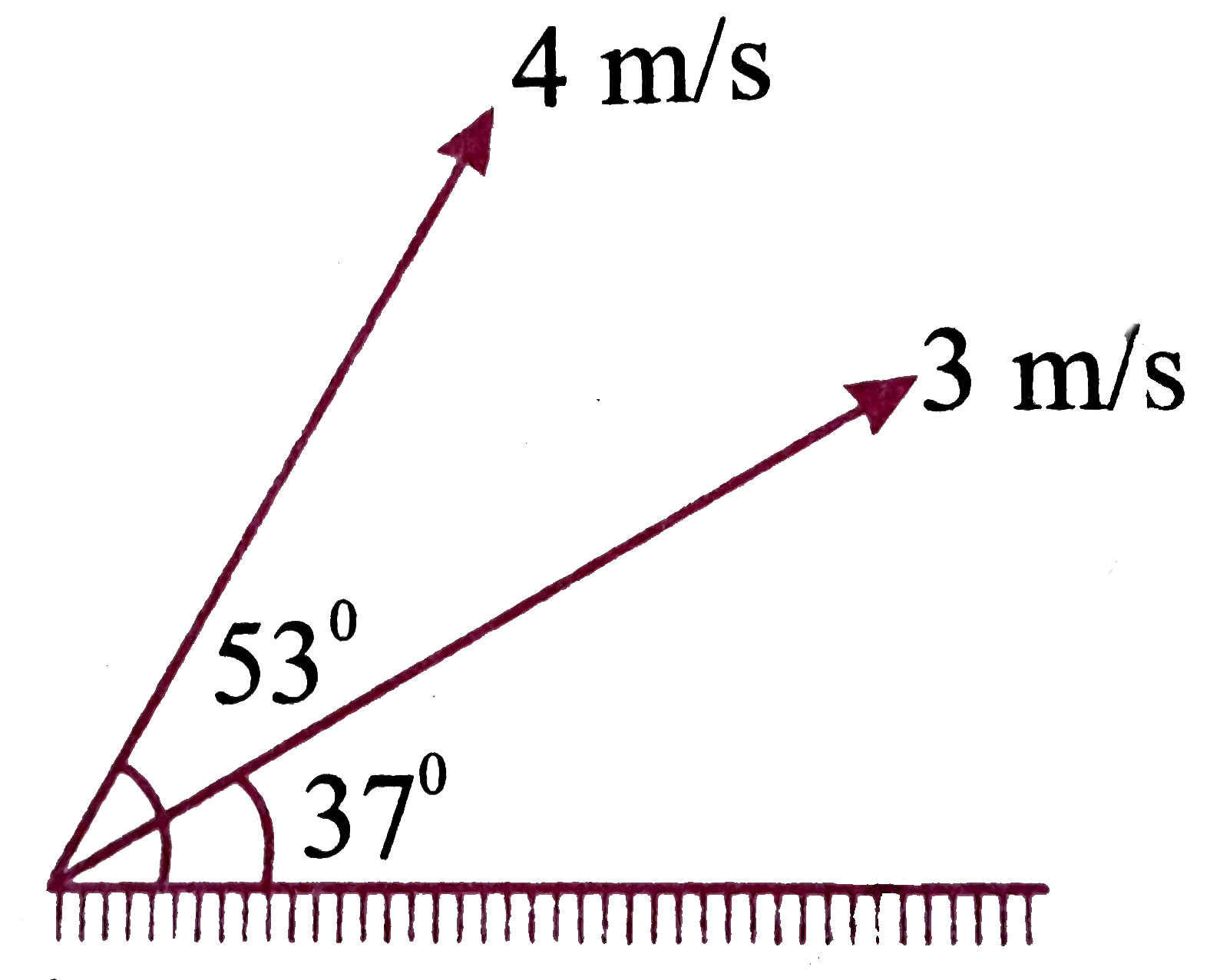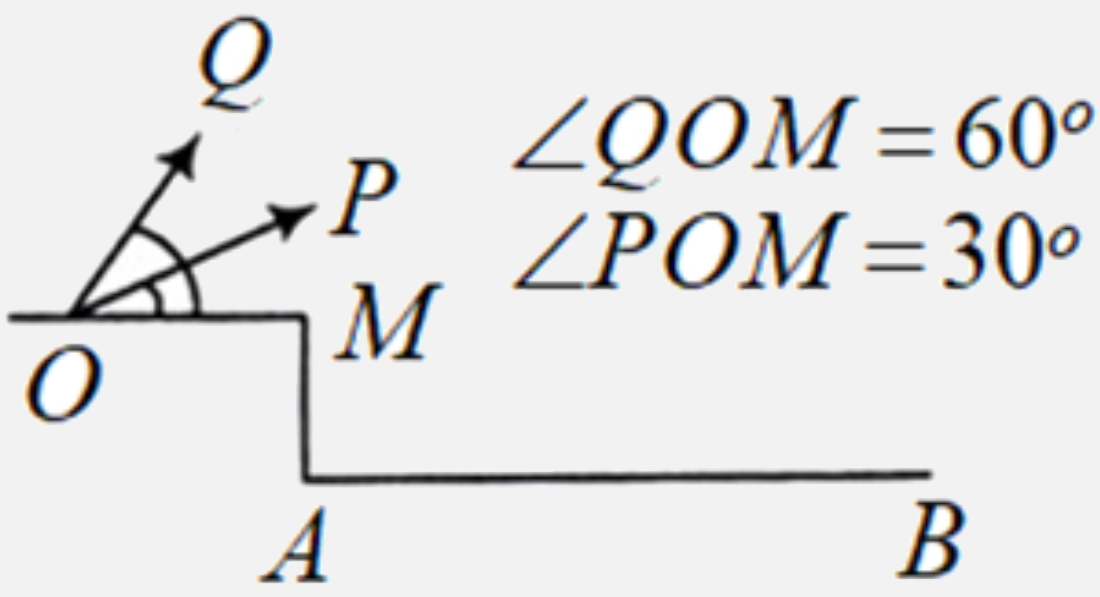Two particles are projected simultaneously in the same vertical plane, from the same point, both with different speeds and at different angles with horizontal. The path followed by one, as seen by the other, is
parabola
horizontal straight line
vertical straight line
straight line making 45∘ with vertical
The correct Answer is:C
Step by step video & image solution for Two particles are projected simultaneously in the same vertical plane, from the same point, both with different speeds and at different angles with horizontal. The path followed by one, as seen by the other, is by Physics experts to help you in doubts & scoring excellent marks in Class 12 exams.
Updated on:21/07/2023Topper's Solved these Questions
- APPENDICES (REVISION EXERCISE)BOOK - AAKASH SERIESCHAPTER - APPENDICES (REVISION EXERCISE)EXERCISE - LAW OF MOTION
128 Videos
- APPENDICES (REVISION EXERCISE)BOOK - AAKASH SERIESCHAPTER - APPENDICES (REVISION EXERCISE)EXERCISE - MOTION IN A STRAIGHT LINE
59 Videos
- APPENDICES ( REVISION EXERCISE )BOOK - AAKASH SERIESCHAPTER - APPENDICES ( REVISION EXERCISE )EXERCISE - REVISION EXERCISE (MAGNETISM AND MATTER )
52 Videos
- ATOMSBOOK - AAKASH SERIESCHAPTER - ATOMSEXERCISE - PRACTICE EXERCISE
21 Videos
Similar Questions
Two particles are projected simultaneously in the same vertical plane, with speed u1 and u2 at angle of projection θ1 and θ2 respectively with the horizontal. The path followed by one, as seen by other (as long as both are in flight), is
View SolutionTwo particles are simultaneously projected in the same vertical plane from the same point with velocities u and v at angles αandβ with horizontal. Find the time that elapses when their velocities are parallel.
View Solution
Knowledge Check
Two particles are projected simultaneously in the same vertical plane from the same point, with different speeds u1 and u2, making angles θ1 and θ2 respectively with the horizontal, such that u1cosθ1=u2cosθ2. The path followed by one, as seen by the other (as long as both are in flight), is
Aa vertical lineBa parabolaCa hyperbolaDa straight line making a constant angle (≠90∘) with horizontal
Two particles are projected simultaneously from the same point, with the same speed, in the same vertical plane, and at different angles with the horizontal in a uniform gravitational field acting vertically downwards. A frame of reference is fixed to one particle. The position vector of the other particle , as observed from this frame, is →r. Which of the following statement is correct?
View SolutionAssertion:- Two stones are simultaneously projected from level ground from same point with same speeds but different angles with horizontal Both stones move in same vertical plane. Then the two stones may collide in mid air.
Reason:- For two stones projected simultaneously from same point with same speed at different angles with horizontal, their trajectories must intersect at some point except projection point.
View SolutionTwo particles are projected simultaneously with same speed V0 in same vertical plane at angle 30∘and60∘ With the horizontal .The time at which their velocities becomes parallel is
View SolutionTwo particles are projected with speed 4m/s and 3m/s simultaneously from same point as shown in the figure. Then:

View SolutionTwo projectiles are thrown simultaneously in the same plane from the same point. If their velocities are v1 and v2 at angles θ1 and θ2 respectively from the horizontal, then ansewer the following questions
The trajectory of particle 1 with respect to particle 2 wil be
View SolutionTwo particles are projected simultaneously from two towers of different heights,one is horizontal with speed 10 m/s and the other at an angle 45° below the horizontal with speed v as shown in figure. The velocity v for which particles collides in air is

View SolutionTwo identical balls P and Q are projected with same speeds in a vertical plane from the same point O making projection angles with horizontal 30∘ and 60∘, respectively and they fall directly on the plane AB at points P' and Q' respectively. Which of the following statement is true about distances as given in options ?

View Solution
